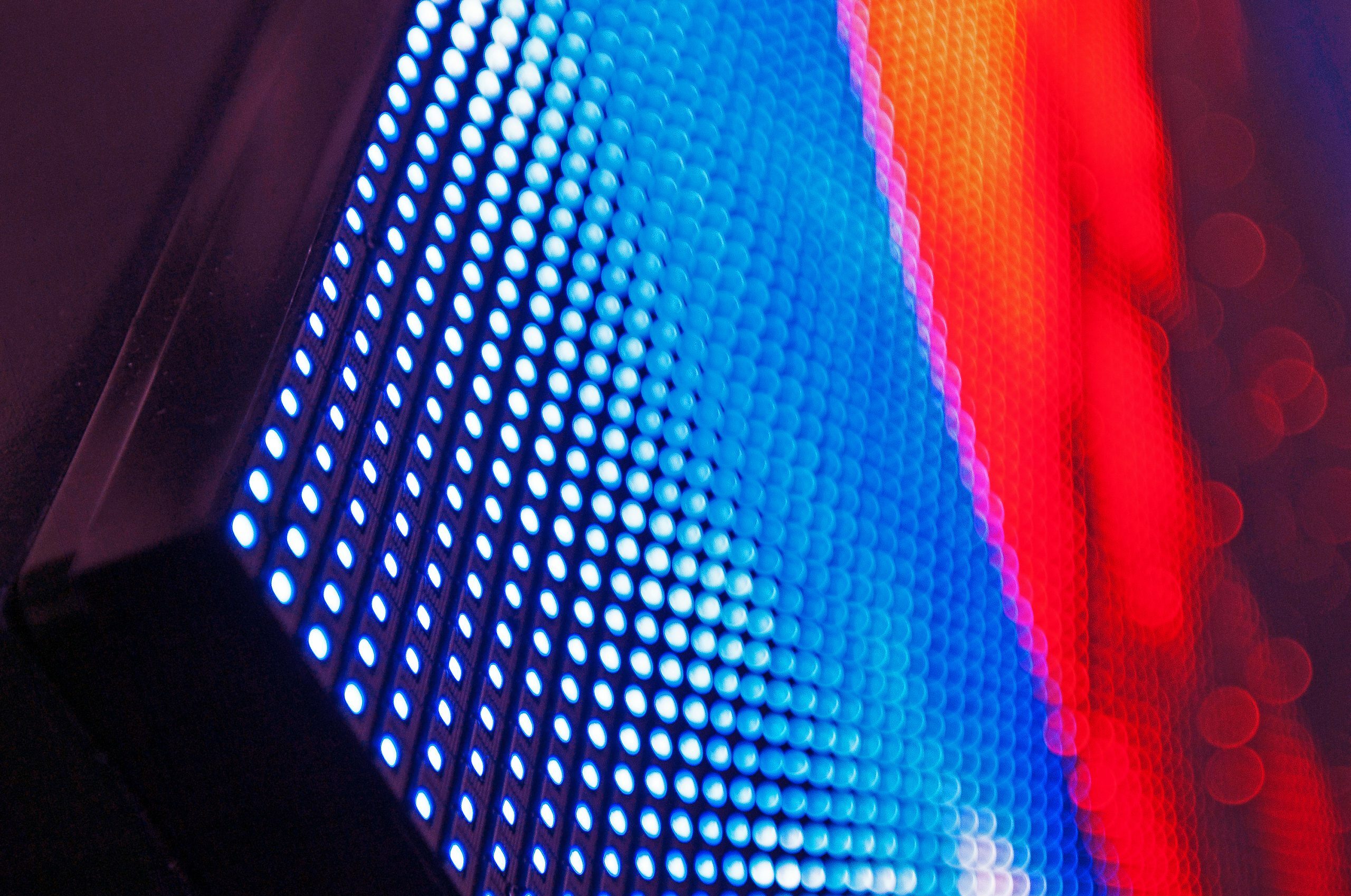
LEDs in Focus
Interesting Facts
Interesting Facts
Interesting Facts
Digital-out-of-Home – DooH
Digital Out-of-Home (DOOH) refers to dynamic media distributed through location-based networks in places such as cafes, grocery stores, bars, restaurants, gyms, universities, arenas, gas stations, convenience stores, hair salons, airports, and public spaces. DOOH media are beneficial for both location owners and advertisers as they target customers and/or audiences, increasing the reach and effectiveness of marketing messages. It is also referred to as digital signage. In the DOOH sector, advertising can be purchased through programmatic platforms (Programmatic Out-of-Home). These platforms prompt marketers to specify desired audience characteristics and automatically find the media carriers that reach this audience. They allow buyers (the demand side) to plan, execute, and monitor campaigns across multiple media platforms (the supply side) using a familiar workflow.
Approval Procedures and
Assessments
Assessments
An often underestimated aspect is obtaining permission to establish and operate a publicly visible LED display. Expert knowledge and sensitivity in dealing with authorities enhance the likelihood of securing a building and advertising permit or expedite the process. Legal expertise in the event of an initial denial from the building authority can often provide clarity and avert the denial. Our years of experience in this area lead to a maximum success rate after reviewing and initiating a permit process. We compile all necessary documents and may include supportive assessments according to the LAI Emission Protection Guidelines, as well as psychological traffic assessments with the application. We ensure timely correspondence with the relevant authorities and assessors on your behalf so that nothing stands in the way of your project.
Display Brightness
Depending on the location of the LED display, the installation must be able to generate appropriate brightness. If an LED display is intended for indoor use only, 1000 nits are already sufficient, or very bright in darkened rooms at night. In contrast, outdoor displays must withstand direct sunlight. LED displays for this purpose require a brightness of at least 4,500 nits to produce a clear image against the sun. It is always advisable to maintain a certain "brightness reserve" to counteract the "aging" of the LEDs during long-term operation. Therefore, if a display is to be operated outdoors for more than five years, it should be able to generate more than 6,000 nits. These high-brightness displays require higher quality components and are consequently more expensive than simple rental displays or those for indoor use.
Pixel Pitch vs. Viewing Distance
The pixel pitch is a crucial cost and quality characteristic of an LED display. Therefore, it is important to choose the optimal pixel pitch for the project. In an LED display, individual LEDs account for 60% to 70% of the total cost. The pixel pitch defines image quality or resolution. The more pixels are accommodated within a defined area, the higher the resolution. For example, a display with a pixel pitch of 6.25 mm requires 25,600 individual LEDs per square meter, while a pixel pitch of 4.81 mm requires 43,264 LEDs. This is an increase of nearly 70%. Furthermore, the optimal pixel pitch is calculated from the average viewing distance. As a rule of thumb, one millimeter of pixel pitch requires one meter of viewing distance to avoid seeing individual pixels and instead perceive a complete image. For instance, with an LED display featuring a pixel pitch of 1.95 mm, individual pixels cannot be distinguished at a viewing distance of about 2 meters.
What is an LED?
LEDs are light-emitting diodes, which are electronic components capable of emitting light. The abbreviation LED stands for Light-Emitting Diode. These diodes act as rectifiers, meaning that the standard alternating current flows through this element and generates direct current. This rectification of the current is achieved through the semiconductor properties (p-n junction) of silicon or other materials. These other materials play a crucial role for an LED. When a voltage is applied to these semiconductor materials, the photo-emissive effect occurs, releasing visible light as electrons transition from the negatively doped (N) layer to the positively doped (P) layer. The electrons move from a higher energy state in the valence band to the conduction band, with excess energy being released in the form of photons (light). The material used in the LED determines the color of the light, as the photons have wavelengths dependent on the material.
Previous slide
Next slide
Market analysis
Europe, particularly Germany, is seen as lagging in terms of digital advertising systems in the outdoor sector compared to other regions of the world. Even in the UK, the Netherlands, or Spain, LED displays are much more widespread and established. We perceive this untapped potential in Germany as an opportunity. Media agencies that purchase advertising space for international clients frequently inquire about new attractive LED locations. Due to streaming services, the effectiveness and efficiency of TV advertising are constantly decreasing, while online ads can be easily blocked. However, outdoor advertising is present and sustainable, showing steep growth curves. This is where real growth in advertising spending occurs. With the expertise of our marketing staff, we assist you in your investment decision for an LED display for your own advertising as well as for external advertising. Often, a return on investment can be estimated within 2.5 to 3 years. Our location evaluation is based on frequency data and purchasing potential analyses. Test us!
Five Steps to the Perfect LED Display
1. Consultation
2. Concept Development
3. Installation
4. Commissioning
5. Maintenance
Your contact
